Insights from a Trauma Healing Workshop
inside Dzaleka Refugee Camp
We long to see people flourishing in community using the languages they value most. That’s the vision of SIL International.
In August 2023, I got a glimpse of human flourishing in a barren, overcrowded refugee camp in Malawi, Africa—where thriving is difficult. I came to see how transformation through God’s Word is possible even in impossible places.
Though I’m not a media expert, I imagine myself a storyteller, vested with an immense empathy for those who are displaced. So I agreed to journey to Dzaleka with the video team. I joined other SIL team members from the US, Ethiopia, and Kenya for a 2-week Trauma Healing training. My job was to lead the video project and conduct interviews—which translates into letting curiosity mixed with compassion spill out everywhere I traversed and capture these precious journeys from trauma to healing as brothers and sisters in faith bravely and vulnerably unfolded their stories before the camera.
During my time in the refugee camp, I observed five foundational insights for understanding both the impact of systemic trauma and the transformational power of Scripture to bring healing in people’s lives.
#1: Everyone in the refugee camp is there because something awful happened.
Our first day of interviews started with the question: What brought you to Dzaleka Refugee Camp? The answer was always hard to hear. These openhearted brothers and sisters who courageously shared their lives with our video team had fled war, tribal conflict, family feuds… Many witnessed unthinkable crimes against family members—or were themselves victims of various kinds of brutalization. They endured physical and emotional wounds. Some show visible scars, but more deeply, they describe the shame of those experiences that tear apart families and marriages, and ravage human souls.
#2: Trauma affects mind, body, & spirit
As stories unfolded during our interviews, many spoke about their emotional and physical ailments. As a result of trauma, they suffered from high blood pressure, racing hearts, headaches, lack of sleep, nightmares… Their brains were in survival mode.
One man vividly described how his mind and his heart would race so fast that he dreaded going to bed at night. In desperation he would lie on his chest hoping that the pressure of the hard mat would slow down his pounding heartbeat.
Humans can’t thrive, grow, or possibly flourish if they are constantly in survival mode. They are unable to think of anything outside surviving.
#3: Refugee Camps were built to be temporary
The United Nations High Commission for Refugees (UNHCR) builds refugee camps to provide temporary shelter for those fleeing from dangers of war and persecution in their homelands. People flee from traumatic situations, in search of safety. They are dependent on the UNHCR and other agencies for shelter, food, clothing, and water.
The camp is far from ideal and ends up being a last resort for desperate people on the move. When people come seeking temporary safety, they aren’t thinking about settling into the camp, but many people end up staying for 15 years. That’s a long time to live in temporary housing!
In the camp people lack opportunity. Purposelessness mixed with complex trauma often leads to unsafe and unstable living spaces. It’s hard to make goals and imagine future possibilities of flourishing in a place where nothing grows.
Their hope is in not staying—in eventually getting selected for resettlement.
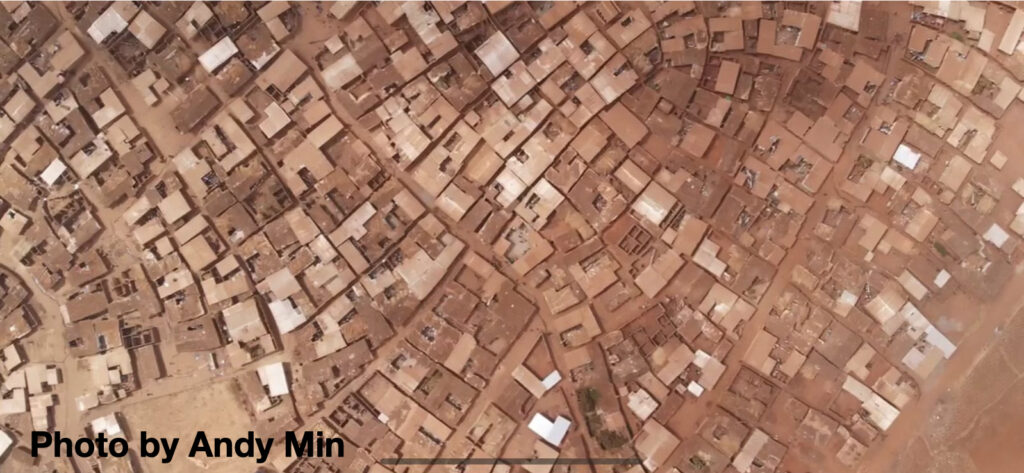
#4: Hope for resettlement keeps people going
The one thing refugees living in the camp have is the hope of resettlement somewhere else in the world. But that could take decades. And they are limited in their capacity to comprehend the very real challenges of resettlement.
One young newcomer resettling in my community made the difficult decision to cut ties with friends back in the refugee camp who persistently pressured her to send money. They assumed that because she was now living in the U.S., she had the resources to help them. Already feeling overwhelmed by the incredible learning curve of adapting to her new country, language, and cost of living—she didn’t know how to communicate the impossibility of their request. She felt powerless.
When refugees finally get selected for resettlement, they often still carry layers of chronic, complex trauma with them, and are limited by language barriers to communicate their suffering with others.
#5: Trauma Healing helps people learn, think of others, & live healthier lives in community
The Trauma Healing team trained local refugee pastors to provide Trauma Healing content to leaders and church members. They worked to accommodate both oral learners and readers in multiple languages. They encouraged members to form trusted healing groups of 6-8 people where they could express their heart wounds and tell their stories. Not just stories of victimization—but a safe space where they learned to tell their stories with agency.
When people share trauma stories in small groups, they build trust, find healing, and together learn to relinquish their shame at the cross—where it is gently and powerfully received by Jesus. As they learn about God’s heart for healing and forgiveness, they create new songs to help them memorize the promises of Scripture.
Many learned to forgive in some unforgiving situations, while still carrying the scars from those memories. Numerous brothers and sisters poured out powerful testimonies of relief from physical symptoms of trauma and a better outlook on life as their traumas were being healed within.
Tazama “Come and See”
Tazama is the name of a budding grass roots organization that sprouted from Trauma Healing in the Dzaleka camp. A group of women—mainly single moms—found healing from their heart wounds, and then discovered a new capacity to learn and help others. They wanted to keep busy in positive ways so they wouldn’t slide back into negative cycles of despair. They began to serve neighbors in need around them and have become a force of hope and light and beauty amidst hopelessness.
SIL’s Mission
I’m honored to be a small part of SIL’s mission around the world, which includes:
-
building capacity
-
working with local communities
-
applying language expertise
-
advancing meaningful development, education, and engagement
-
utilizing Scripture.
I got to witness human flourishing firsthand. I am in awe of how these brave brothers and sisters engage Scripture, learn to take their pain to the cross, and create new songs of hope and promise. I am challenged by their Christ-led calling to forgive unforgivable things. In tears I felt the weight of their profound stories. I learned to hear hope in their voices and see the spark in their eyes as they plotted new ways to love their neighbors in Dzaleka and beyond. Trauma Healing engages Scripture in language communities and transforms lives. God binds up the wounds of the brokenhearted and brings beauty from ashes. He makes human flourishing possible. I know. I had the privilege of coming to see it for myself.

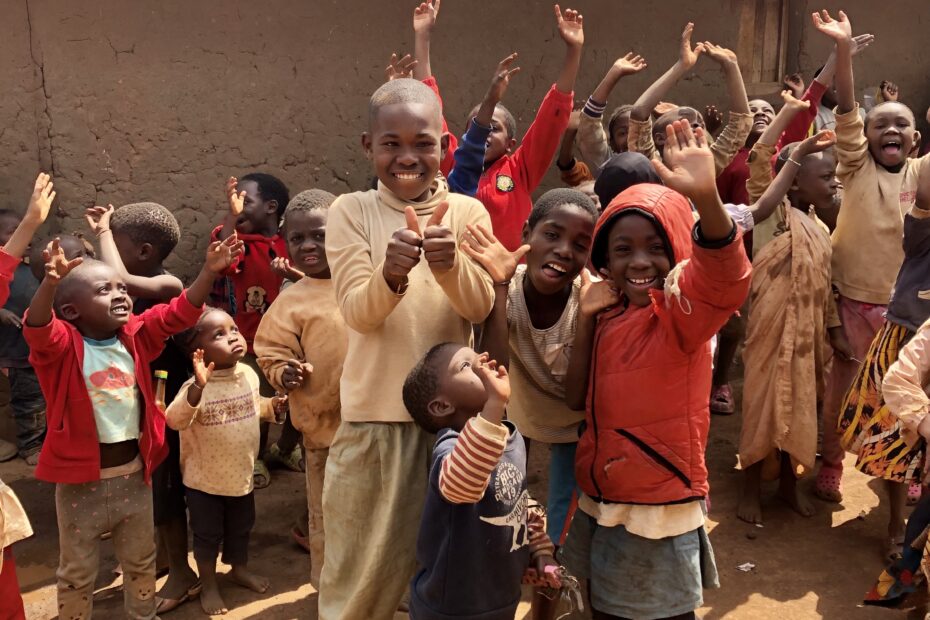
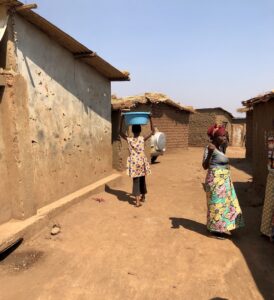
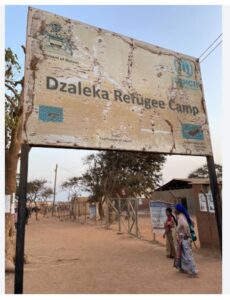
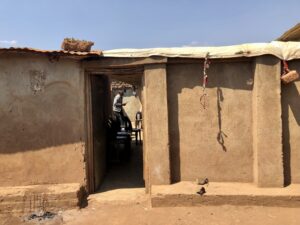
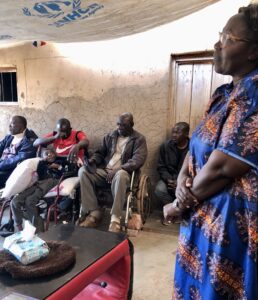
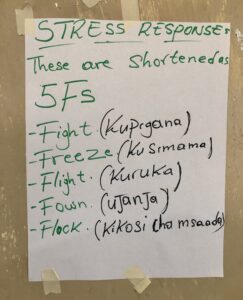
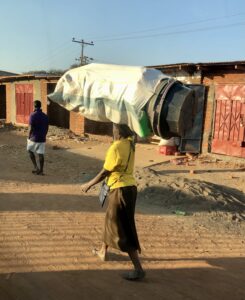
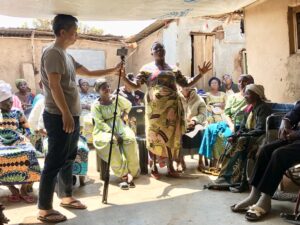
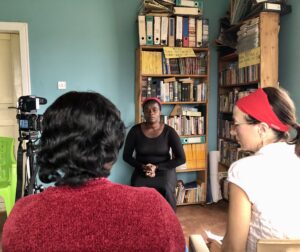
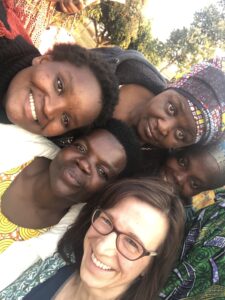
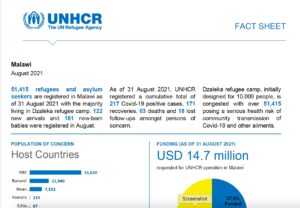
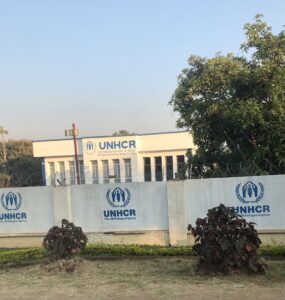

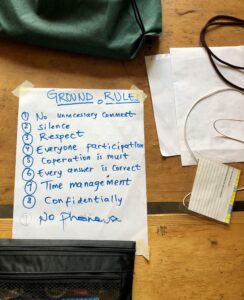
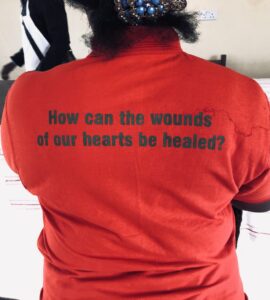
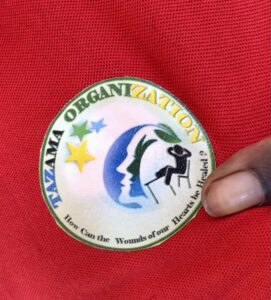


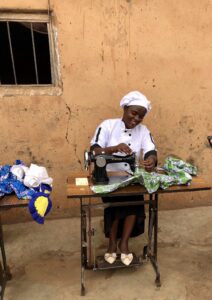
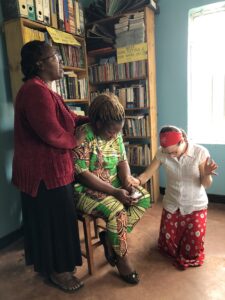
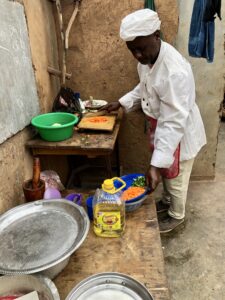

Pingback: Come and See: Glimpses of Trauma Healing at Dzaleka Refugee Camp - EMDC Blog